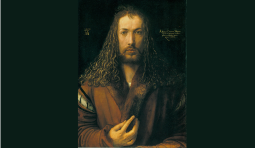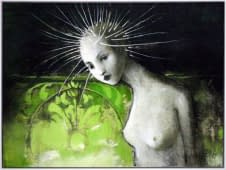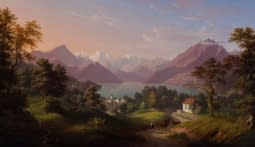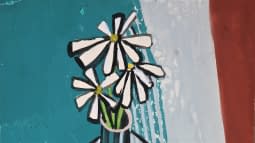Following the traces of #5 Joan Miró
Joan Miró's work has captivated me from a very young age when I saw his series of works called: "Blue" that were used for a cover of a small cultural magazine in the city where I lived. I believe that as artists, we constantly need to seek inspiration and motivation that will allow us to express our internal world and the reality that surrounds us.
Miró, just like travel, nature and life is an inexhaustible source of creativity. His use of colours, shapes, atmospheres, figures and symbols create a universe where we can immerse ourselves in search of new meanings.
His art provides a unique perspective on how art, culture, communication and identity generate connections around issues of interculturality, migration, identity, cultural expression and new worlds. These links enrich my knowledge and skills in my professional development as a graduate in international relations and specialist in these fields. His art is intertwined in this globalized world, providing originality, simplicity and authenticity. Miró has always inspired me in my career as an artist, challenging me with his art to go beyond the limits and canons of our time.
With absolute current validity, Miró offers artists who follow in his traces and approach his work the possibility of freely exploring new creative and imaginary horizons.
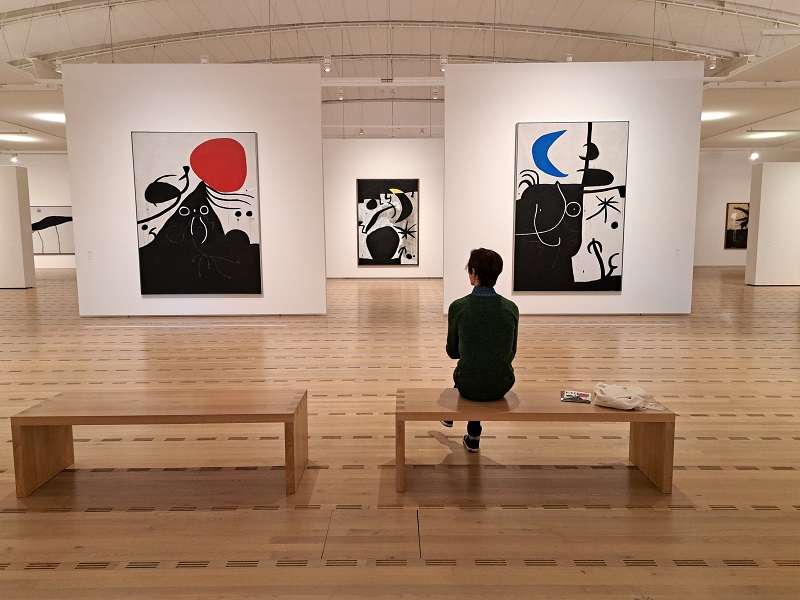
Fig. 1: Cris at the «NEUE HORIZONTE MIRÓ» - Exhibition, Museum: Zentrum Paul Klee, Bern, Switzerland, Photo Credit: ©CRIS / April, 2023.
The life and work of Joan Miró is repeated practically throughout the 20th century, born in Barcelona, Catalonia, Spain in 1893 into a prosperous business family. The transcendence of his art surprises with the freedom, creativity, and innocence of his creations. Joan Miró has left a legacy and a deep mark in the history of contemporary art.
The places, cities, and countries that Joan visited and inhabited during his 90-year life opened up an intercultural horizon that is expressed in his artistic search. Emblematic places in the world such as Paris, New York, Amsterdam, Barcelona and Tokyo are re as much a part of Miró's life as the warm and tranquil beaches of Mallorca, Tarragona or Montroig.
Joan Miró is considered one of the pioneers of Surrealism and his work is influenced by the artistic movements of the time: Fauvism, Dadaism, Cubism and Expressionism. Primary colours have a primordial presence in Miró's paintings and in the development of his works, shapes and figures become more and more abstract with the passage of time. The dream world, popular culture and symbolic representations acquire their own identity, in a childlike, simple and authentic style. Miró challenged the artistic conventions of his time, forging a unique visual language that still resonates today.
A Fascinating World of Shapes, Figures and Colours
Miró was a prominent exponent of surrealism, an artistic movement that allowed him to explore the depths of the subconscious in the search for freedom and the liberation of creativity to transcend rational control and even artistic canons. In many works, such as "The Carnival of the Harlequin" (Fig. 2), various apparently disparate elements are found that converge in controlled chaos, creating a game of colours, lines, shapes and figures that defy conventional logic. To understand Miró's work, it is essential to contextualize the impact that surrealism had on his career and how, through abstractions and a constant search for new artistic and cultural horizons, the artist had the ability to capture his internal reality in multiple expressions and creations.

Fig. 2: The Harlequin's Carnival (1924), Museum: Albright-Knox Art Gallery, Buffalo, United States, Technique: Oil (66 x 90,5 cm), Photo Credit: ©CRIS / July 2022.
Among the iconic creations of the Catalan artist, the "Constelaciones" series (Fig. 3) occupies a unique place in his production. With a naive and deeply symbolic style, Miró seems to escape from the great tragedies that surround the world and paints between the years of 1939-1941 a set of paintings alluding to the stars and the dream world.
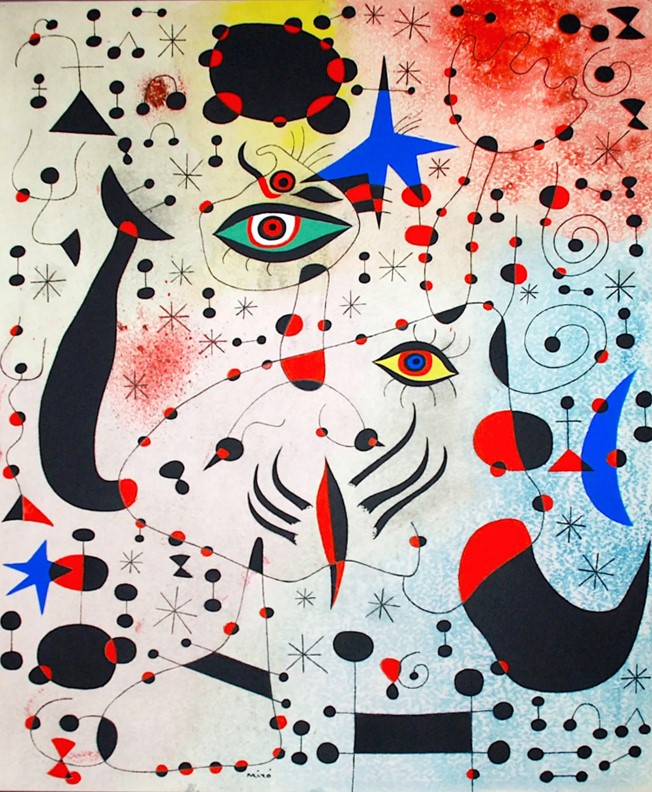
Fig. 3: Xifrats i constellacions, en l'amor amb una dona (1939-1941), Museum: Art Institute of Chicago, Chicago, Estados Unidos, Technique: Watercolour (46 x 38 cm), Photo Credit: ©CRIS.
Joan Miró's artistic development led him to create his own world and language. In his own words: "Everything takes time. My vocabulary of forms, for example, did not come to me all at once. It formulated itself almost in spite of me." In one of the masterpieces of surrealism, in 1925, he created "The Birth of the World" (Fig. 4), where he summarized many of the characteristic elements of his artistic style, presenting a world in the process of creation, in which symbolic elements are found. And abstracts that are related to each other and come together in a mysterious and enigmatic pictorial space marked by subtle colours and organic shapes that emulate a dream landscape.

Fig. 4: The Birth of the World (1925), Museum: MoMA Museum of Modern Art New York, Technique: Watercolour (251 x 200 cm), Photo Credit: ©CRIS / May, 2023.
Joan Miró was an artist who challenged artistic norms by exploring an innovative visual approach. His genius can be seen in his ability to combine the abstract with the symbolic, the form with the colour, the simple with the profound and, finally, the rational and irrational with the emotional. Miró's intercultural background allowed him to experiment with various materials, mediums and techniques, from his canvas paintings to his bronze sculptures, Miró took his creativity to different dimensions. His works constitute a living and indispensable legacy that marked a before and after in the history of contemporary art, making him a central figure who, even today, continues to influence the artistic trajectory of new generations of artists and continues to captivate the audience of everyone for his witty originality.
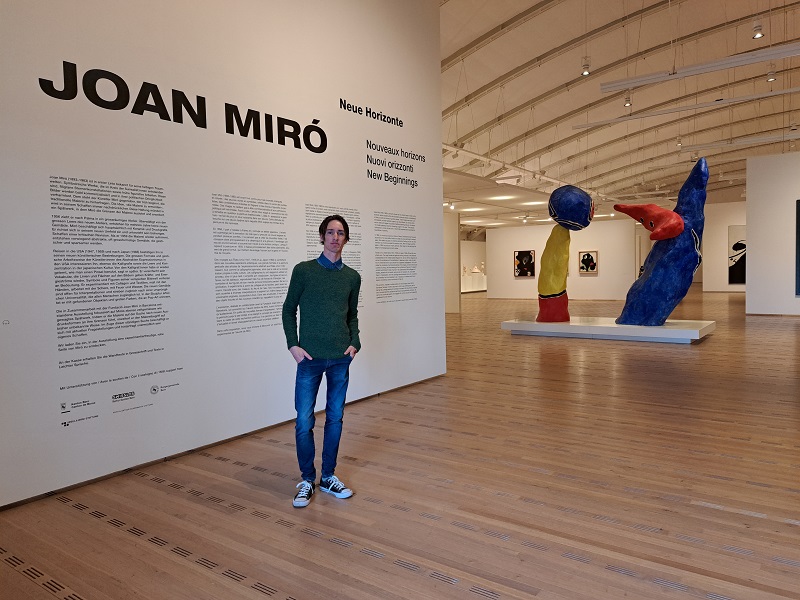

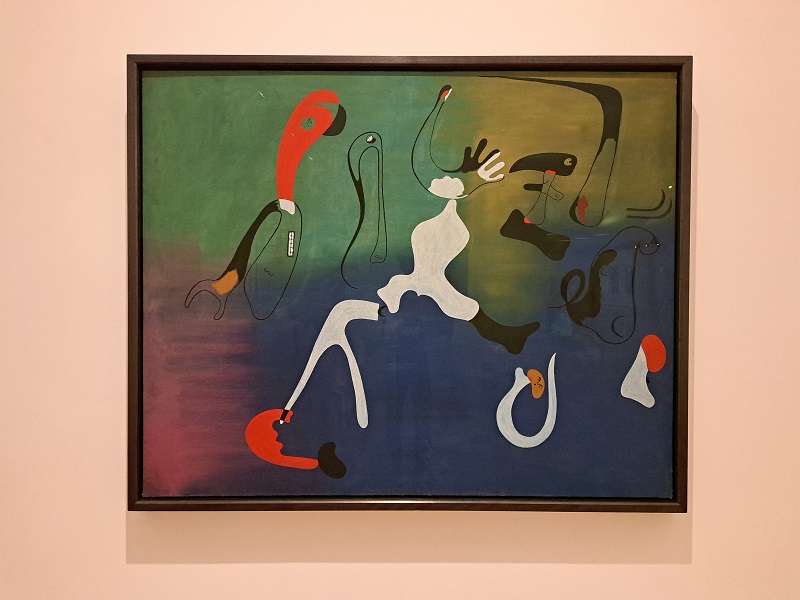
Fig. 5, 6 and 7: NEUE HORIZONTE MIRÓ (Exhibition 2023), Museum: Zentrum Paul Klee, Bern, Switzerland, Photo Credit: ©CRIS / April, 2023.
If you would like to read more of Cris' blog texts, you can visit his White Canvas blog on «The Story Behind Each Artwork» here.

